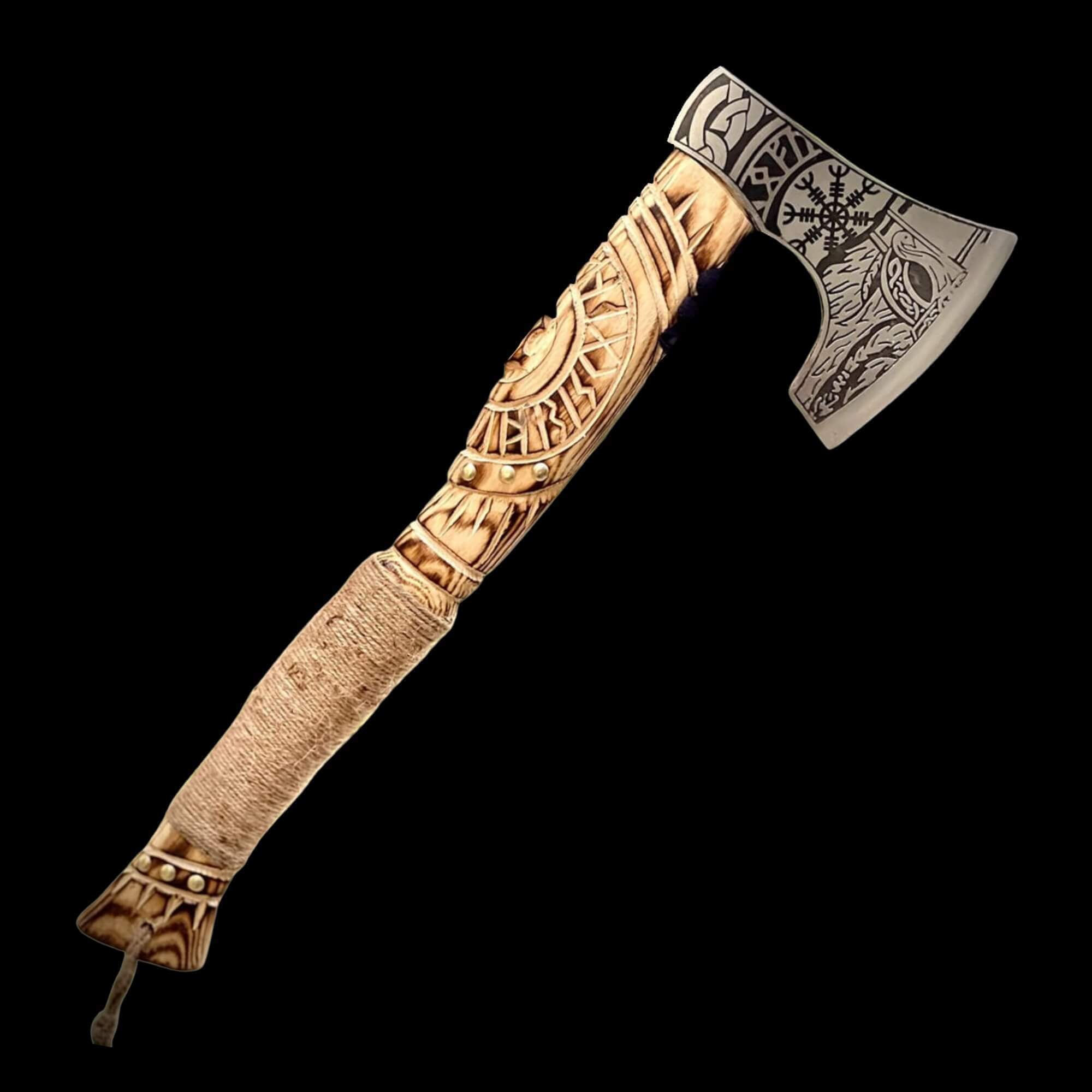
The Anglo-Saxon Kingdoms: Rich Prizes for Viking Raiders
In the misty dawn of the 8th century, England was not yet the unified realm we know today. Instead, it was a patchwork of competing Anglo-Saxon kingdoms, each vying for supremacy in a land that would soon face its greatest challenge: the Viking invasions. This period, known as the Heptarchy, would set the stage for one of history's most dramatic cultural collisions.
The Seven Kingdoms: Power and Politics
The Anglo-Saxon Heptarchy consisted of seven major kingdoms: Northumbria, Mercia, East Anglia, Essex, Kent, Sussex, and Wessex. Among these, Northumbria and Mercia emerged as the dominant powers, with their influence extending far beyond their borders. Northumbria, in particular, had become a beacon of Christian learning, home to magnificent monasteries like Lindisfarne – which would later become tragically famous as the site of the first Viking raid.
A Land of Wealth and Weakness
What made England so attractive to the Norse raiders? The answer lies in its prosperous monasteries and well-developed trade networks. The Anglo-Saxon kingdoms had established a sophisticated economic system, with silver coins minted in various regions and trading posts dotting the coastline. Monasteries, in particular, were centers of both spiritual and material wealth, storing precious metals, jeweled religious artifacts, and valuable manuscripts.
However, this wealth came with a critical vulnerability. Unlike the fortified settlements of continental Europe, many English monasteries and towns were poorly defended. The Anglo-Saxons had grown accustomed to land-based warfare between kingdoms, leaving their coastal regions particularly exposed to seaborne attacks.
Cultural Renaissance and Religious Power
The 8th century marked a golden age of Anglo-Saxon culture, particularly in Northumbria. Monasteries like Jarrow and Whitby became centers of learning, producing illuminated manuscripts and scholarly works that would influence European culture for centuries. The Venerable Bede, writing from his monastery in Jarrow, created "The Ecclesiastical History of the English People," providing us with invaluable insights into this period.
Seeds of Discord
Despite this cultural flowering, political instability plagued the Anglo-Saxon kingdoms. Royal succession was often contested, leading to internal strife and weakened defenses. The concept of unified resistance against external threats was alien to these competing realms, each more concerned with maintaining their own power than protecting their common interests.
The Calm Before the Storm
By the late 8th century, England presented an irresistible target for Viking raiders: wealthy, divided, and vulnerable. The Anglo-Saxon Chronicles paint a picture of a land blessed with abundance but cursed by political fragmentation. Few could have predicted that the first Viking raid on Lindisfarne in 793 CE would herald the beginning of an era that would transform England forever.
Military Unpreparedness
Perhaps the most critical weakness was the Anglo-Saxon military system. The fyrd, their primary military force, was essentially a militia that could be called up in times of need. This system worked well enough for local disputes but proved woefully inadequate against the swift, seaborne raids of the Vikings. The lack of a standing army or naval force would prove devastating in the years to come.
The stage was set for one of history's most dramatic periods of conquest and cultural exchange. The Vikings would soon arrive on English shores, forever changing the course of British history. But to understand the full impact of the Norse invasions, we must first appreciate the complex tapestry of Anglo-Saxon England – a land of great wealth and learning, yet vulnerable to the storm that approached from across the North Sea.




